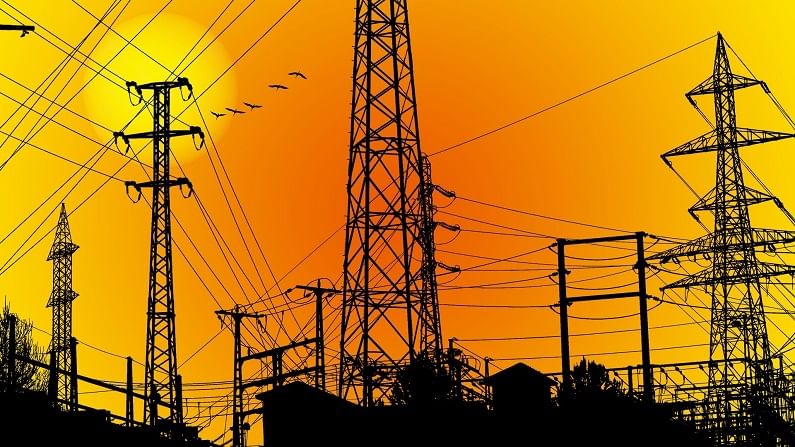Electricity generation, mobility rise; economic activity at February level
Nomura India Business Resumption Index rose to 99.4 for the week ending August 8 against 84 for the week earlier.

Economic activity in the country has reached the February 2021 levels when it emerged from the grip of the first wave of the pandemic and the second savage wave was a few weeks away, said research agencies. Japanese major Nomura Securities and QuantEco Research said their indices Nomura India Business Resumption Index (NIBRI) and Daily Activity and Recovery Tracker Index (DART) moved past the pre-second wave levels in February 2021.
The Union finance ministry too said that there were indications of the second wave having a relatively muted effect on the economy.
A small rise in the unemployment rate was the only irritant in the scenario for the week ending August 8.
At par
QuantEco’s DART Index found economic activity to have maintained its pace of improvement rising 3.2% for the week ending August 8, compared to 3.0% in the week earlier.
“In absolute levels, DART index stood at 103.8 i.e. at par with the peak recorded prior to the onset of the second wave in February 21,” said economist Yuvika Singhal.
NIBRI rose to 99.4 for the week ending August 8 against 84 for the week earlier.
Surpassed
“This index is near the pre-pandemic level of 100 and surpassing the pre-second wave peak of 99.3 in mid-February,” Sonal Verma, managing director and chief economist of Nomura Securities told the media.
During the week a rise was recorded in electricity generation, railway passenger traffic, Google mobility and online restaurant searches.
Finance ministry
The Union finance ministry thinks the effect of the second wave would be muted compared to the first. In the monthly economic review released by the ministry on Tuesday, it pointed out at the robust tax collections and hoped that it would cushion the economy.
As one of the indicators the ministry cited bank credit growth. It said non-food credit grew at more than 6.5% in the fortnight ending July 16. Before that it had remained subdued for nine fortnight periods.
The ministry claimed the positive effects of Atmanirbhar Bharat package were visible in credit offtake in micro, small and medium industries.
Traffic congestion, recreation
“Four indicators surpassed the respective pre-second wave peak – traffic congestion, electricity generation, google mobility associated with retail and recreation and that for workplaces – reflecting a return to near normalcy,” said QuantEco in its report.
Nomura said electricity generation rose 5.3% week-on-week. Electricity generation is a significant indicator of economic activity.
The only parameter where no improvement was noticed was the unemployment rate.
Unemployment irritant
In fact, the 30-day moving average unemployment rate pan India as measured by CMIE remained at levels between 7.02% on August 2 and 7.24% on August 8, rising steadily throughout the week. It was below 7% in the week earlier.
In the week ending August 8, the unemployment rate in the urban regions stood between 8.29% (August 1) and 8.60% (August 8). The moving average for the urban areas, too, climbed steadily during the week.
The unemployment rate in the rural areas was lower at 6.45%-6.63%.
Incidentally, the pan-India unemployment rate came down from the double-digit highs of May to sub-7% levels in July after the second wave ebbed.
Infection, vaccination
With a third wave of the infection being described as “inevitable and imminent” by expert bodies, many kept an eye on both the cases of infection and rate of vaccination. Cases in Kerala and Himachal Pradesh raised concerns.
“While weekly COVID cases fell marginally by 4.0% after having spiked by around 7% in the previous week, the case load continues to remain sizeable in Kerala – accounting for nearly 51% of all new cases in the week and is seeing a sharp increase in Himachal Pradesh,” observed QuantEco in its report.
In the week ending August 8, the daily rate of vaccinations also inched down to about 52 lakh compared to 53 lakh a week ago.
It fell short of the 60-lakh level that is needed for inoculating 60% of the population with the first dose of the vaccine by end-December, observed the agency.
In order to meet that target, the rate of jabs have to rise to about 70 lakh per day from September.
Sero report
It also said that the sero-prevalence reports indicate that the severity of any this Covid-19 wave can be controlled if the vaccination programmes moves ahead. “Having antibodies reduces the probability of acquiring serious illnesses, as it is borne by studies. So, any subsequent waves are expected to be mild in terms of severity of disease,” said the report.